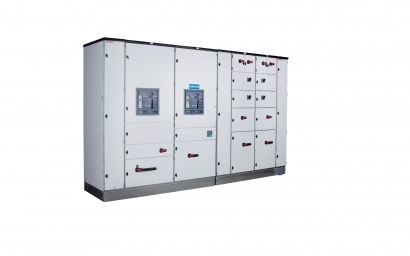Smart grids of the future
The energy transition means power flows are changing. Being able to gather data
about these flows allows grid operators to monitor effects on the grid, anticipate
potential bottlenecks, and respond to them in advance. Having instantaneous
insights at different nodes within the electricity grid is a precondition for many
smart grid developments.
Insights for industrials
For industrial customers, the automation of substations also plays an important role.
Continuous insights into the performance of transformers allow for improved service
levels, and real-time monitoring. For example, temperature and fire-detection are features
that insurance companies find increasingly important.
From data to information
Our online web application allows for real-time monitoring and control of all grid-connected
infrastructure. This includes secondary substations, energy storage systems and charging
equipment for electric vehicles (EVs). Large amounts of data are generated about grid loads,
energy storage usage and electric vehicles connected to the grid. This data is being
visualized and can be used to manage assets remotely. It enables new applications such as
EV charging hubs and vehicle-to-grid applications and the roll-out of improved service models.







